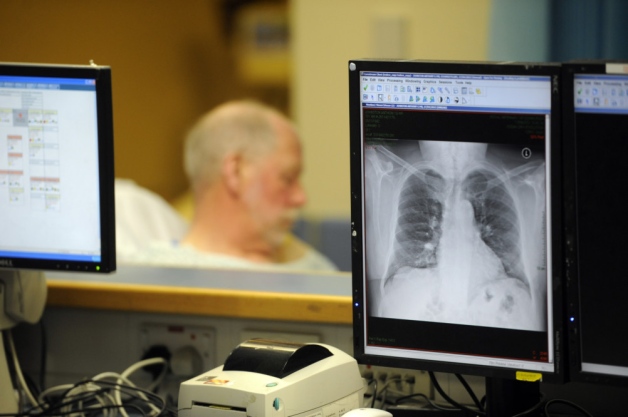Government Grants
Business Grants
Home Owner Programs
Federal Programs
About Us
Multiple Teleconnection Index Based Prediction of Natural Flow
Effective management of water resources in the western United States is a complex and challenging series of problems that increasingly requires decision-support systems to balance user demands with water supply.
A key component of these support systems is accurate and robust forecasts of water availability at sufficient lead-time to allow managers to adjust the scheduling and volume of water delivery.
Significant effort in forecasting of water availability over the over the previous 4 to 5 decades has yielded predictive models that provide managers reasonably accurate streamflow forecasts at seasonal (<3 months) timescales.
Longer range streamflow forecasting models have been shown to benefit from the use of teleconnection indices through the research by the Bureau of Reclamation, the National Weather Service, Natural Resources Conservation Service and others.
Despite this research, there is a desire to reduce the uncertainty associated with the teleconnection based forecasts.
The cooperative study will develop a statistical modeling tool to forecast streamflow and annual water volumes input to Reclamation storage facilities at lead-times of approximately 9 months (First forecast issue November for water supply November to July).
The modeling tool will use as input freely available data products meant to capture the magnitude of several sea surface temperature and atmospheric pressure anomalies that exhibit strong correlations with Western precipitation and streamflow.
A rigorous cross-validation procedure during model develop will be leveraged to equip the modeling with a measure of the uncertainty in the estimate.
In order to bring the best science to bear on the problem the cooperative study will consist of three phases.
Phase I will build on previous work at Boise State University and the Bureau of Reclamation and test the probability that the models are not random in nature.
Phase II will explore the physical mechanisms that may be responsible for the models development.
Phase III will refine the forecasts developed previously with the information gained through Phases I and II and to produce and disseminate the new models and tools.
A key component of these support systems is accurate and robust forecasts of water availability at sufficient lead-time to allow managers to adjust the scheduling and volume of water delivery.
Significant effort in forecasting of water availability over the over the previous 4 to 5 decades has yielded predictive models that provide managers reasonably accurate streamflow forecasts at seasonal (<3 months) timescales.
Longer range streamflow forecasting models have been shown to benefit from the use of teleconnection indices through the research by the Bureau of Reclamation, the National Weather Service, Natural Resources Conservation Service and others.
Despite this research, there is a desire to reduce the uncertainty associated with the teleconnection based forecasts.
The cooperative study will develop a statistical modeling tool to forecast streamflow and annual water volumes input to Reclamation storage facilities at lead-times of approximately 9 months (First forecast issue November for water supply November to July).
The modeling tool will use as input freely available data products meant to capture the magnitude of several sea surface temperature and atmospheric pressure anomalies that exhibit strong correlations with Western precipitation and streamflow.
A rigorous cross-validation procedure during model develop will be leveraged to equip the modeling with a measure of the uncertainty in the estimate.
In order to bring the best science to bear on the problem the cooperative study will consist of three phases.
Phase I will build on previous work at Boise State University and the Bureau of Reclamation and test the probability that the models are not random in nature.
Phase II will explore the physical mechanisms that may be responsible for the models development.
Phase III will refine the forecasts developed previously with the information gained through Phases I and II and to produce and disseminate the new models and tools.
Obtain Full Opportunity Text:
Not Available
Additional Information of Eligibility:
This Funding Opportunity Announcement constitutes a Notice of Intent to award to a single source.
Applications are not being solicited.
Full Opportunity Web Address:
Contact:
Randale JacksonContract SpecialistPhone 303-445-2432
Agency Email Description:
Grants Officer
Agency Email:
rjackson@usbr.gov
Date Posted:
2010-02-22
Application Due Date:
2010-03-04
Archive Date:
2011-02-22
Social Entrepreneurship
Spotlight
Social Enterprises: Key to Enhancing a Nation’s Health

Glasgow Caledonian University (GCU) has launched a series of noteworthy research projects to learn if social enterprises can help Scotland lose its “sick man of Europe” label and boost the nation’s overall health.
